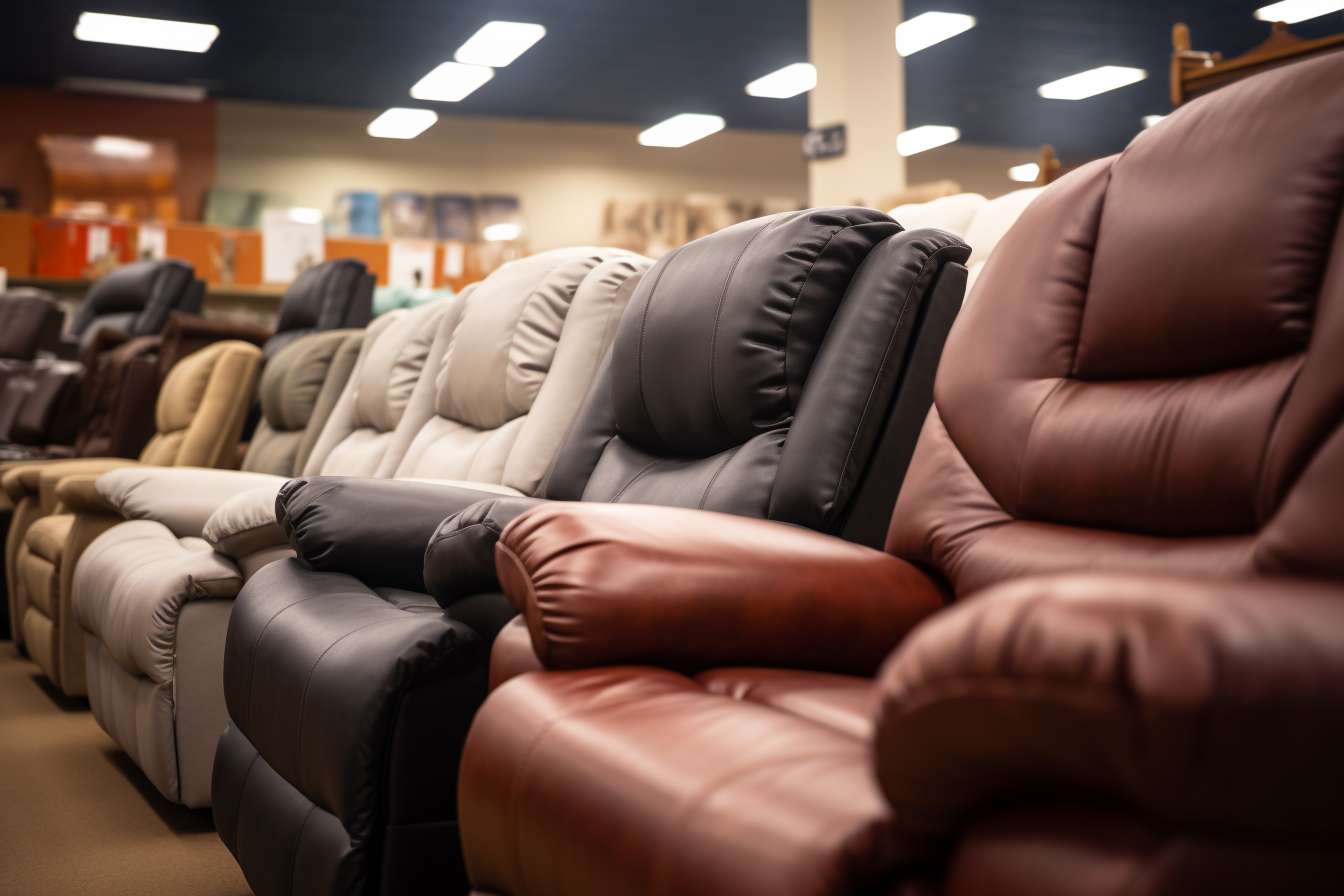Window Replacement Guide: What You Need to Know About Upgrading Your Home's Windows
Window replacement is a significant home improvement project that offers numerous benefits, from enhanced energy efficiency to improved aesthetics and increased property value. Whether you're dealing with drafty old windows, looking to reduce your energy bills, or simply wanting to refresh your home's appearance, understanding the essentials of window replacement will help you make informed decisions. This comprehensive guide explores the key aspects of window replacement, including insulation improvements, frame considerations, lighting impacts, energy savings, and popular replacement options.

How Do Window Upgrades Improve Insulation?
Windows account for approximately 25-30% of residential heating and cooling energy use, making them critical components in your home’s insulation system. Modern replacement windows dramatically improve insulation through several technological advancements. Double or triple-pane glass creates insulating air pockets that significantly reduce heat transfer compared to single-pane windows. These multi-pane systems often contain inert gases like argon or krypton between the panes, which provide superior insulation properties compared to regular air.
The frame materials in new windows also contribute to better insulation. Fiberglass, vinyl, and composite frames offer substantially better thermal resistance than older aluminum frames, which readily conduct heat and cold. Additionally, many replacement windows feature low-emissivity (low-E) glass coatings that reflect infrared light, keeping heat inside during winter and outside during summer while still allowing visible light to pass through.
What Should You Know Before Replacing Window Frames?
Before diving into a window replacement project, understanding window frame considerations is crucial. First, assess whether you need full-frame replacement or insert replacement (also called retrofit installation). Full-frame replacement removes the entire existing window down to the rough opening and is ideal when frames are damaged, while insert replacements preserve the existing frame and are less invasive.
Frame material selection significantly impacts performance, maintenance requirements, and cost. Vinyl frames offer excellent insulation and moisture resistance at moderate price points but may expand and contract with temperature changes. Wood frames provide classic aesthetics and good insulation but require regular maintenance to prevent rot and warping. Fiberglass and composite frames offer superior strength and thermal performance but at higher price points.
Consider your climate zone when selecting frames, as different materials perform better in specific environments. For coastal regions, corrosion-resistant materials like vinyl or fiberglass are preferable, while wood frames might be more appropriate for drier climates with proper maintenance.
How Do Replacements Impact Natural Lighting?
Window replacements can significantly alter the quality and quantity of natural light entering your home. Modern window designs typically feature slimmer frames and improved glass-to-frame ratios, allowing more glass surface area and consequently more light transmission. This can make rooms appear larger, brighter, and more inviting while potentially reducing the need for artificial lighting during daylight hours.
The glass type also affects light quality. Clear glass maximizes light transmission, while tinted or reflective glass reduces glare and UV exposure but may slightly darken rooms. Low-E coatings, while excellent for energy efficiency, can add a slight tint that subtly alters the quality of incoming light. Some homeowners opt for larger window sizes during replacement to dramatically increase natural illumination.
Thoughtfully positioned replacement windows can transform dim spaces by redirecting natural light deeper into rooms. Consider casement or awning styles that can capture light from different angles or transom windows above standard windows to increase light penetration without sacrificing privacy.
What Are the Energy-Saving Benefits of New Windows?
Energy savings represent one of the most compelling reasons for window replacement. ENERGY STAR certified windows can reduce household energy bills by an average of 12% nationwide. In cold climates, high-performance windows prevent heat loss, while in hot climates, they block solar heat gain, both resulting in reduced heating and cooling costs.
Modern windows achieve these savings through several features. Thermal breaks in frames interrupt the flow of heat, while insulated glass units with multiple panes and gas fills dramatically reduce conduction. Low-E coatings reflect infrared heat while allowing visible light to pass through, optimizing energy performance year-round.
Additionally, proper installation ensures tight seals that eliminate drafts and air leakage, further enhancing energy efficiency. Weather-stripping and improved locking mechanisms create more airtight seals than older windows. While the upfront investment in energy-efficient windows may be higher, the long-term energy savings, combined with potential utility rebates and tax incentives, often provide an excellent return on investment.
What Are the Top Window Replacement Options Available?
The window replacement market offers numerous style and material options to suit various architectural designs and functional needs. Double-hung windows remain the most popular choice for their classic appearance and practical functionality, with both upper and lower sashes that open for ventilation flexibility. Casement windows, which swing outward like doors, provide excellent ventilation and unobstructed views, making them increasingly popular in contemporary homes.
For spaces requiring maximum glass area with minimal obstruction, fixed picture windows offer uninterrupted views and superior energy efficiency since they don’t open. Sliding windows move horizontally on tracks and are ideal for spaces where outward-opening windows would be impractical, such as next to walkways or patios.
Specialty shapes like bay, bow, and garden windows create architectural interest while adding space and light. Bay windows project outward from walls in polygon arrangements, while bow windows create gentle curves. Garden windows extend outward, providing shelf space for plants and allowing maximum light exposure.
How Much Should You Budget for Window Replacement?
Window replacement costs vary significantly based on frame material, glass type, size, style, and installation complexity. For standard-sized, double-hung vinyl windows, homeowners can expect to pay approximately $300-$700 per window for mid-range quality, including basic installation. Wood windows typically cost $500-$1,000 per window, while fiberglass options range from $500-$1,300 per window.
| Window Type | Average Cost Per Window (Including Basic Installation) | Features |
|---|---|---|
| Vinyl Double-Hung | $300-$700 | Low maintenance, good insulation, moderate lifespan (20-30 years) |
| Wood Double-Hung | $500-$1,000 | Classic aesthetics, excellent insulation, requires maintenance |
| Fiberglass Double-Hung | $500-$1,300 | Superior strength, best insulation, longest lifespan (40+ years) |
| Vinyl Casement | $400-$800 | Better air sealing than double-hung, contemporary look |
| Bay/Bow Windows | $1,000-$4,500 | Creates additional space, architectural interest |
| Picture Windows | $350-$850 | Maximum glass area, best energy efficiency, doesn’t open |
Prices, rates, or cost estimates mentioned in this article are based on the latest available information but may change over time. Independent research is advised before making financial decisions.
Labor typically accounts for roughly 25-50% of total project costs, with complex installations commanding premium rates. Additional factors affecting price include geographic location, contractor expertise, and special features like between-glass blinds, decorative grids, or custom sizes. While national home improvement chains offer standardized pricing, local window specialists may provide more competitive rates or specialized expertise for unique installations.
Window replacement represents a significant investment in your home’s comfort, energy efficiency, and aesthetic appeal. From improved insulation and reduced energy costs to enhanced natural lighting and increased property value, the benefits extend far beyond simple glass and frames. By understanding the key considerations around materials, styles, energy performance, and costs, you can make informed decisions that maximize the return on your window replacement investment while creating a more comfortable and beautiful living environment.




